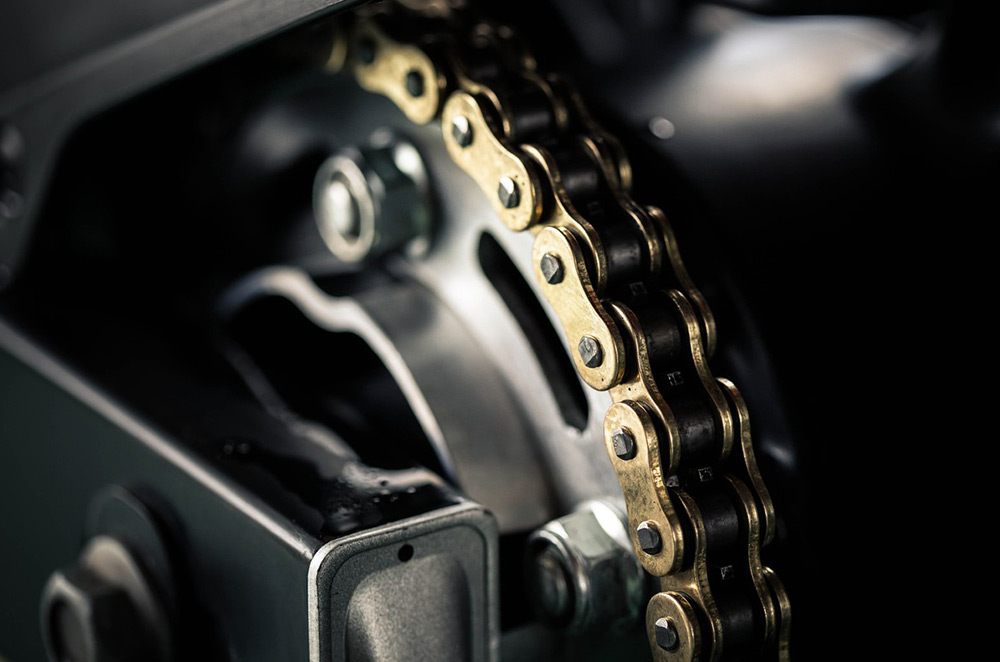- Arabic
- French
- Russian
- Spanish
- Portuguese
- Turkish
- Armenian
- English
- Albanian
- Amharic
- Azerbaijani
- Basque
- Belarusian
- Bengali
- Bosnian
- Bulgarian
- Catalan
- Cebuano
- Corsican
- Croatian
- Czech
- Danish
- Dutch
- Afrikaans
- Esperanto
- Estonian
- Finnish
- Frisian
- Galician
- Georgian
- German
- Greek
- Gujarati
- Haitian Creole
- hausa
- hawaiian
- Hebrew
- Hindi
- Miao
- Hungarian
- Icelandic
- igbo
- Indonesian
- irish
- Italian
- Japanese
- Javanese
- Kannada
- kazakh
- Khmer
- Rwandese
- Korean
- Kurdish
- Kyrgyz
- Lao
- Latin
- Latvian
- Lithuanian
- Luxembourgish
- Macedonian
- Malgashi
- Malay
- Malayalam
- Maltese
- Maori
- Marathi
- Mongolian
- Myanmar
- Nepali
- Norwegian
- Norwegian
- Occitan
- Pashto
- Persian
- Polish
- Punjabi
- Romanian
- Samoan
- Scottish Gaelic
- Serbian
- Sesotho
- Shona
- Sindhi
- Sinhala
- Slovak
- Slovenian
- Somali
- Sundanese
- Swahili
- Swedish
- Tagalog
- Tajik
- Tamil
- Tatar
- Telugu
- Thai
- Turkmen
- Ukrainian
- Urdu
- Uighur
- Uzbek
- Vietnamese
- Welsh
- Bantu
- Yiddish
- Yoruba
- Zulu
ก.ค. . 20, 2024 13:34 Back to list
Exploring the Benefits and Applications of Double Sided Serpentine Belts in Modern Machinery
Understanding the Double-Sided Serpentine Belt An Essential Component in Modern Vehicles
In the intricate world of automobile engineering, various components work synergistically to ensure optimal performance and efficiency. Among these components, the double-sided serpentine belt plays a pivotal role, particularly in modern vehicles. This article will discuss the importance, design, and benefits of double-sided serpentine belts, shedding light on their significance in contemporary automotive systems.
What is a Double-Sided Serpentine Belt?
A double-sided serpentine belt is a long, continuous belt that wraps around multiple pulleys in a vehicle’s engine. Unlike a standard serpentine belt that drives components on one side, a double-sided belt is designed to have ribs on both sides, allowing it to engage pulleys from either side. This innovative design enables it to drive multiple engine accessories, including the alternator, water pump, air conditioning compressor, and power steering pump, all from a single belt.
The Design Advantages
The double-sided serpentine belt boasts several design advantages over traditional systems. Firstly, the dual-sided functionality permits the use of a simpler, more compact layout. With fewer belts required to drive the engine accessories, manufacturers can save space and weight, which contributes to overall vehicle efficiency. This design also reduces the number of tensioners and pulleys needed, leading to lower production and maintenance costs.
Moreover, the durability of double-sided serpentine belts has seen significant advancements due to improved materials and engineering. Modern belts are often made from high-strength nylon combined with rubber composites designed to withstand extreme temperatures and mechanical stress. This resilience minimizes wear and tear, leading to longer service intervals and reduced frequency of replacements.
Enhanced Performance and Efficiency
double sided serpentine belt

One of the notable benefits of double-sided serpentine belts is their ability to enhance engine performance. Because they can efficiently transfer power to multiple accessories simultaneously, they help maintain optimal engine timing and function. As a result, this leads to improved fuel efficiency, smoother operation, and reduced emissions—a critical factor in the age of environmentally conscious consumers and stringent regulations.
Additionally, the tensioning system associated with double-sided serpentine belts is designed to automatically adjust as the belt stretches over time. This self-adjusting feature ensures consistent performance, protects engine components, and reduces the likelihood of failure, which can lead to costly repairs.
Maintenance Considerations
While the double-sided serpentine belt is designed for longevity, regular maintenance is key to ensuring its optimal operation. Drivers should routinely check the belt for signs of wear, such as cracks, fraying, or glazing. These indications can signal the need for immediate replacement. Most manufacturers recommend inspecting the belt during routine service intervals to prevent unexpected failures.
It's worth noting that, while the double-sided design does lend itself to greater efficiency, it also requires proper installation and alignment to function effectively. An improperly installed belt can lead to premature wear or even catastrophic engine failure. Therefore, it is essential for trained mechanics to handle installations and replacements.
Conclusion
In conclusion, the double-sided serpentine belt represents a remarkable advancement in automotive technology. Its efficient design, combined with its ability to power multiple accessories from both sides, makes it an indispensable component in modern vehicles. With ongoing improvements in materials and manufacturing processes, these belts continue to provide reliability and performance, aligning with the industry's push for efficiency and sustainability. As automotive technology evolves, the double-sided serpentine belt will undoubtedly remain a fundamental element in the quest for enhanced vehicle performance.
-
Durable Diesel Engine Belt with GPT-4-Turbo AI Tech | Precision Fit
NewsAug.04,2025
-
High-Quality Tensioner Belt Pulley - Durable & Efficient
NewsAug.03,2025
-
Premium Timing Belt Factory | AI-Optimized Solutions
NewsAug.02,2025
-
Premium Custom V Belts Enhanced with GPT-4 Turbo AI
NewsAug.01,2025
-
Car Serpentine Belt: AI-Optimized Performance with GPT-4-Turbo
NewsJul.31,2025
-
Heat Joining Drive Belt | High-Durability Fusion Solution
NewsJul.31,2025

